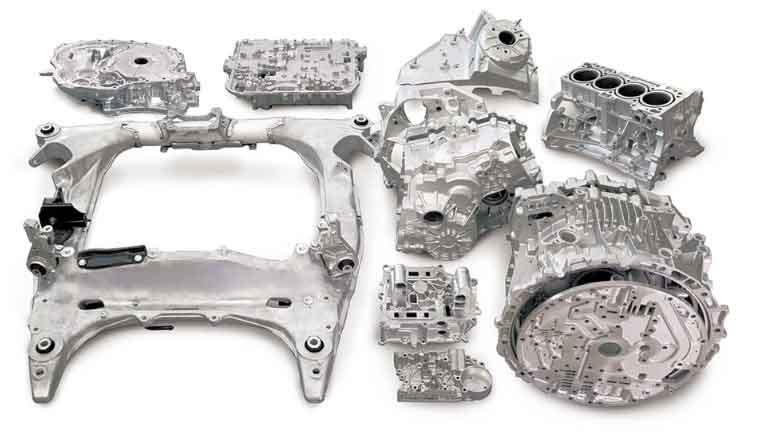
Die casting is a highly precise and efficient manufacturing process, but like any manufacturing method, it can be prone to certain defects. Understanding these defects and their causes is crucial for ensuring the quality of die cast components. Here are some common die casting defects and their potential solutions:
- Porosity: Porosity refers to the presence of small voids or air pockets in the die cast part. It can occur due to the entrapment of air during the casting process. To mitigate porosity, several steps can be taken, including:
- Optimizing the die design to minimize air entrapment.
- Properly venting the die to allow trapped air to escape.
- Implementing appropriate die casting parameters, such as injection speed and pressure, to ensure proper filling of the mold.
- Using degassing techniques or adding anti-porosity agents to reduce the presence of gases in the molten metal.
- Shrinkage: Shrinkage occurs when the metal solidifies and undergoes volume reduction, resulting in voids or dimensional inaccuracies. To address shrinkage, the following measures can be taken:
- Modifying the die design to ensure proper feeding and minimize solidification-related issues.
- Adjusting the pouring temperature and casting parameters to control solidification rates.
- Utilizing appropriate cooling channels in the die to achieve uniform solidification.
- Cold shuts: Cold shuts are defects that occur when two or more streams of molten metal fail to fuse together properly during solidification. To prevent cold shuts, it is important to:
- Ensure proper gate design and positioning to promote proper metal flow and fusion.
- Optimize the die temperature and casting parameters to prevent premature solidification and facilitate proper fusion.
- Flash: Flash refers to the thin layer of excess material that forms at the parting line of the die. It can occur when molten metal escapes through small gaps in the die during the casting process. To address flash, the following steps can be taken:
- Ensuring proper alignment and clamping of the die to minimize gaps and prevent metal leakage.
- Optimizing the die design and gating system to achieve balanced metal flow and minimize turbulence.
- Adjusting the die casting parameters, such as injection pressure and speed, to control metal flow and prevent excess material from escaping.
- Surface defects: Surface defects can include issues like surface roughness, uneven texture, or the presence of pits or blemishes. To minimize surface defects, consider:
- Optimizing the die design and gating system to achieve proper metal flow and minimize turbulence.
- Controlling die temperature and utilizing appropriate lubricants or release agents to ensure smooth part ejection.
- Implementing proper die maintenance practices to prevent die degradation or buildup of contaminants.
It is important to note that addressing die casting defects often requires a combination of design optimization, process control, and material selection. Working closely with experienced die casting professionals, conducting thorough process monitoring, and utilizing advanced inspection techniques can help identify and rectify defects, ensuring the production of high-quality die cast components.
